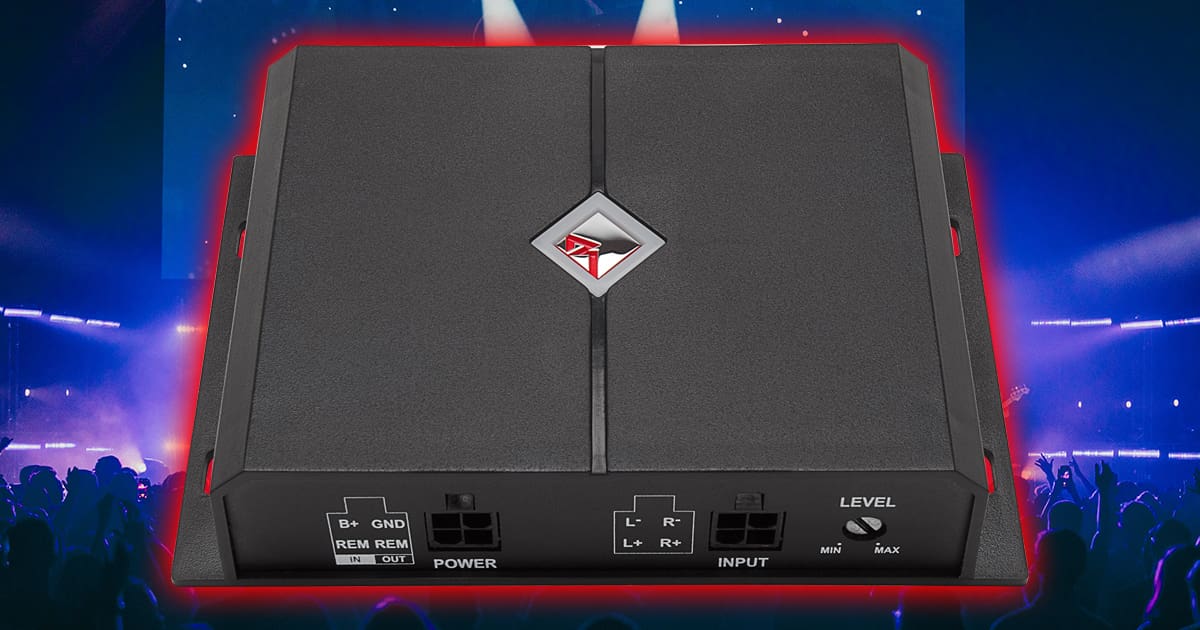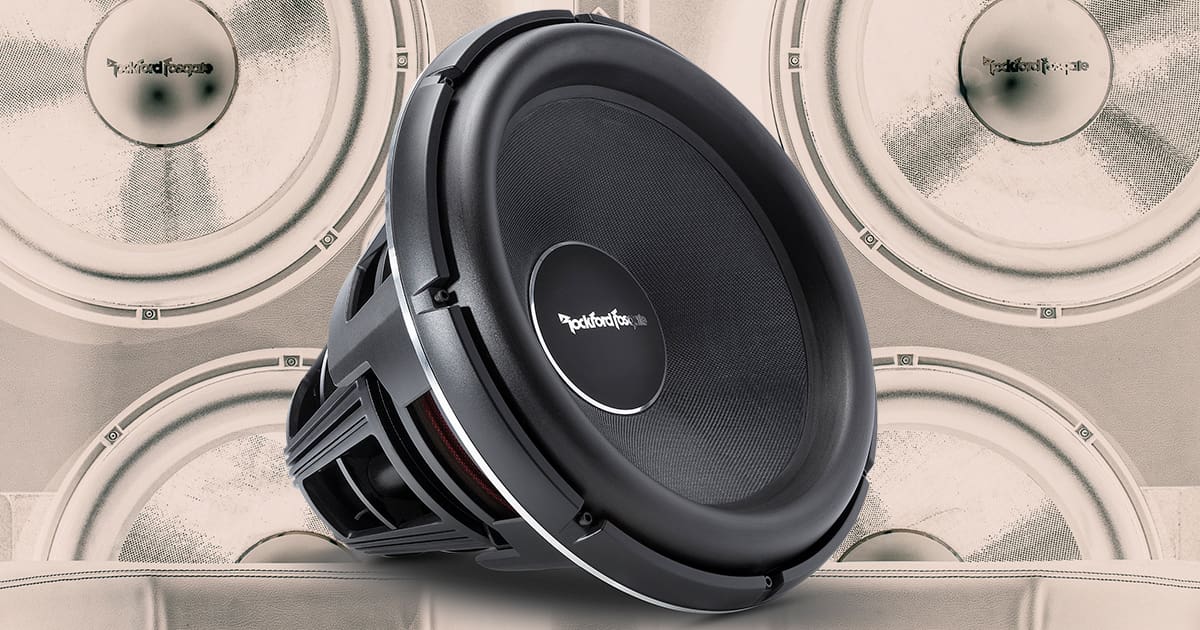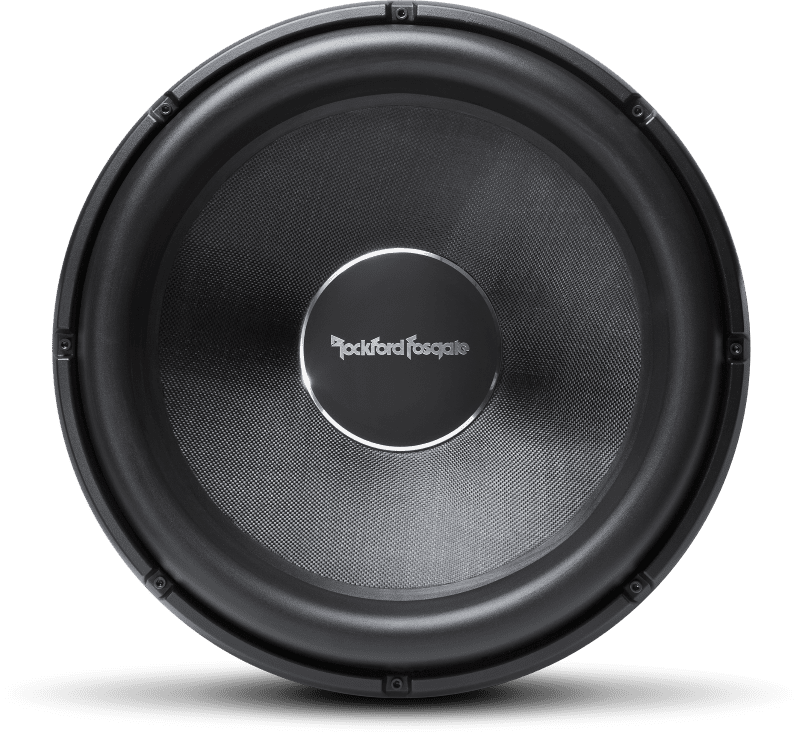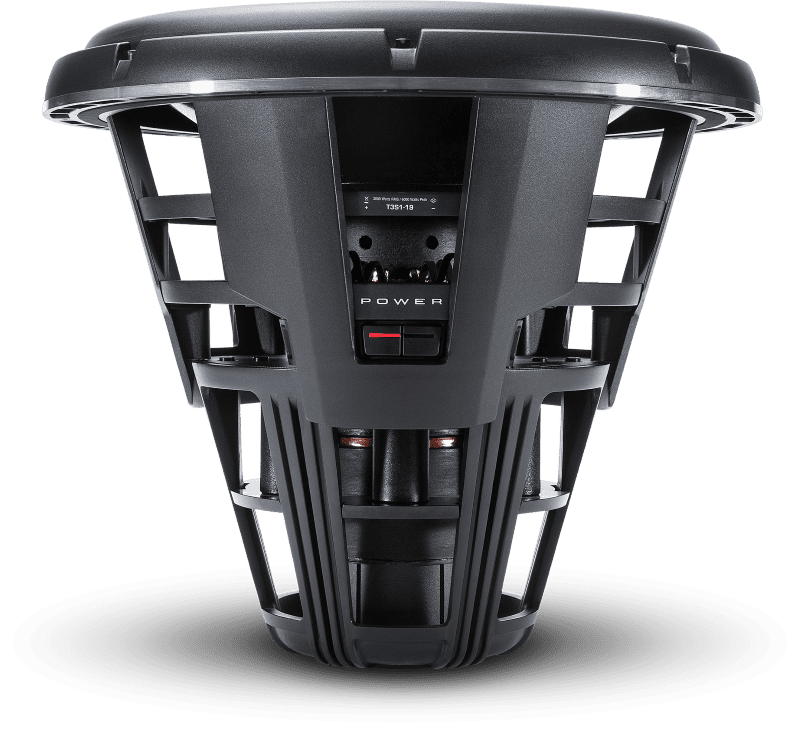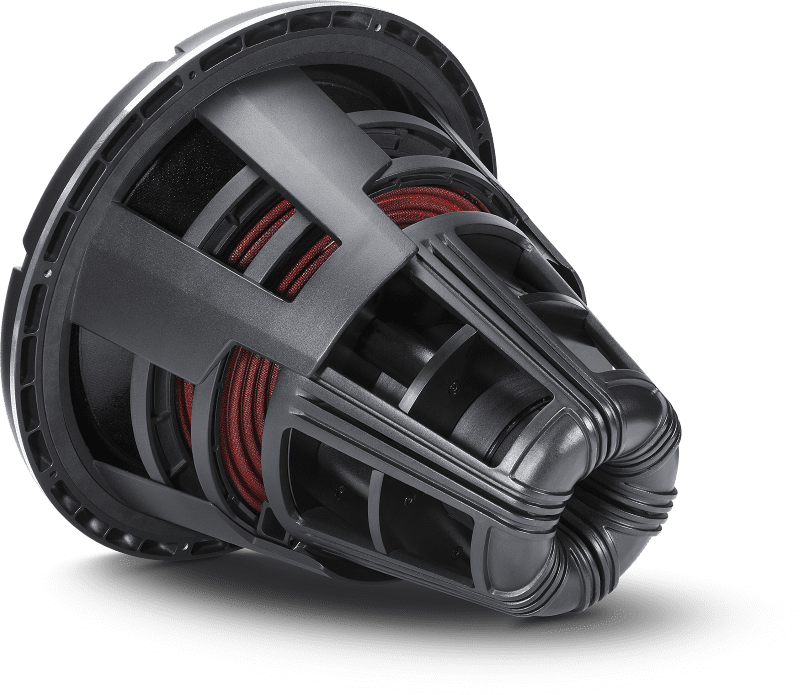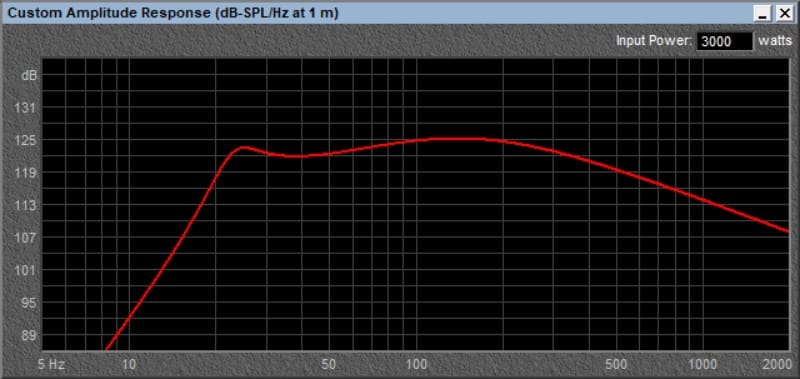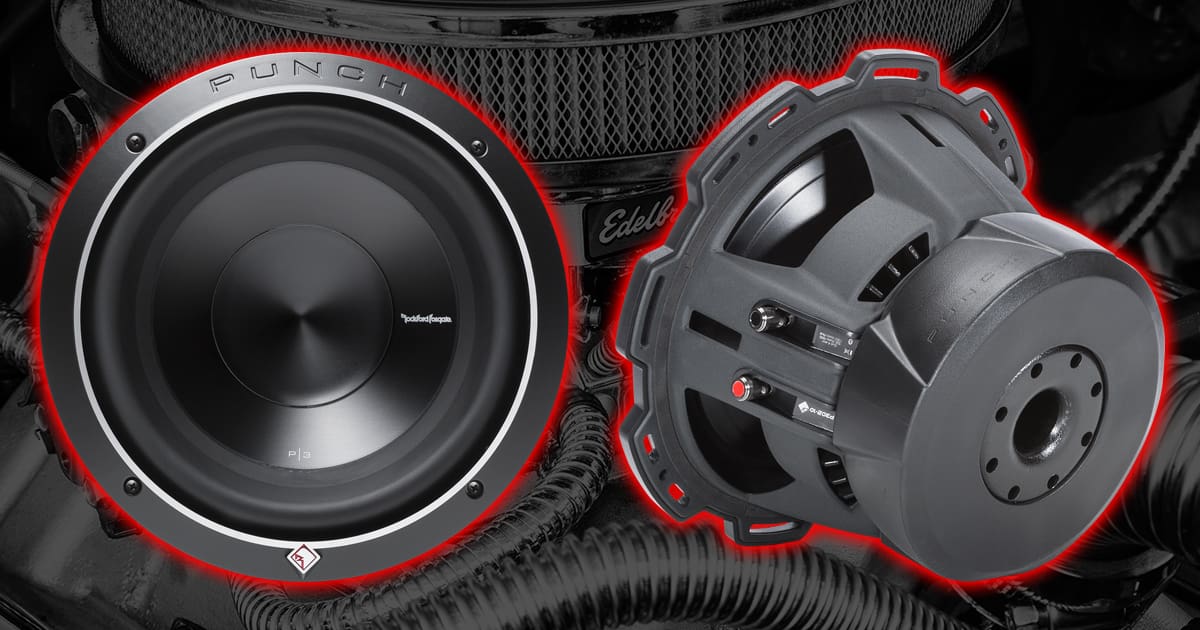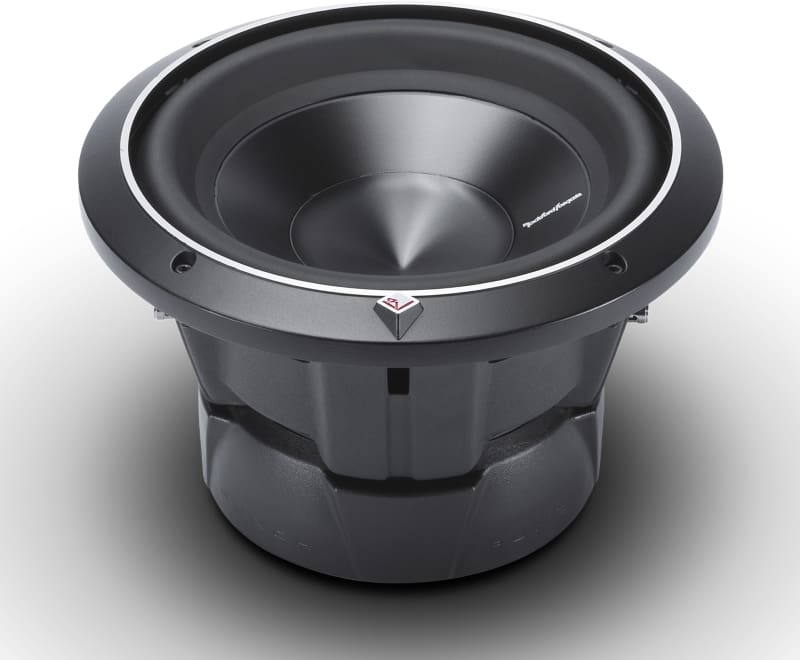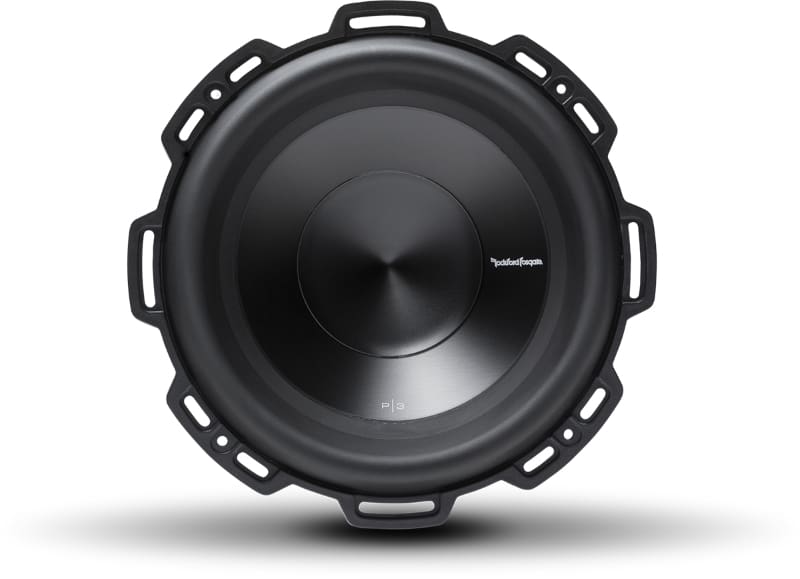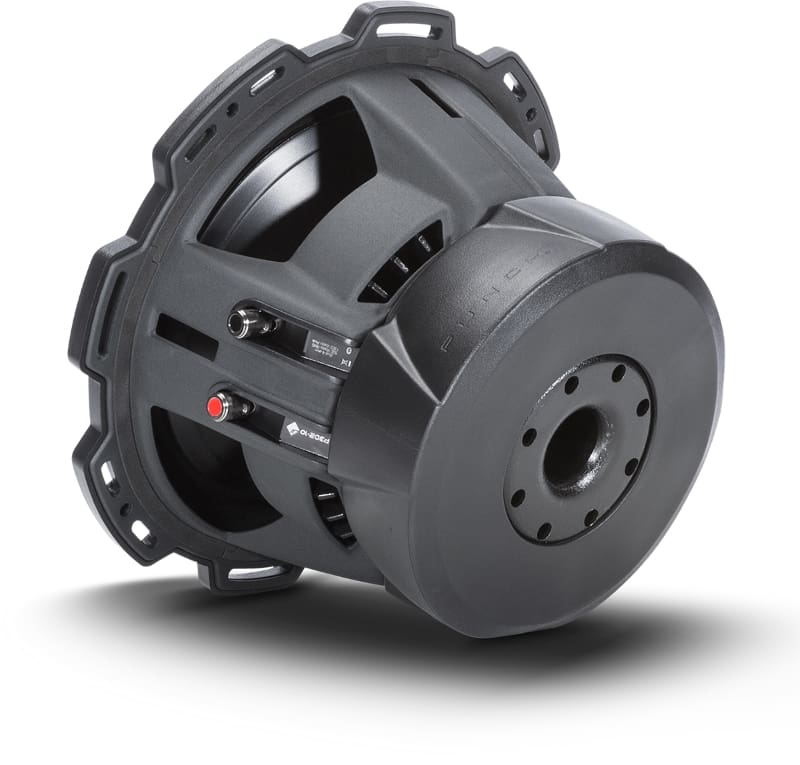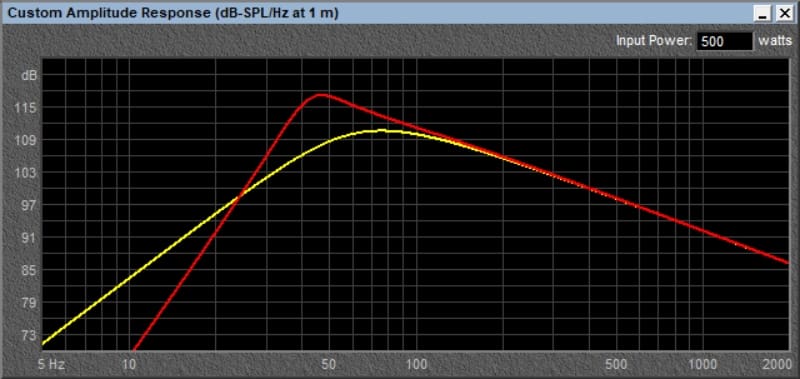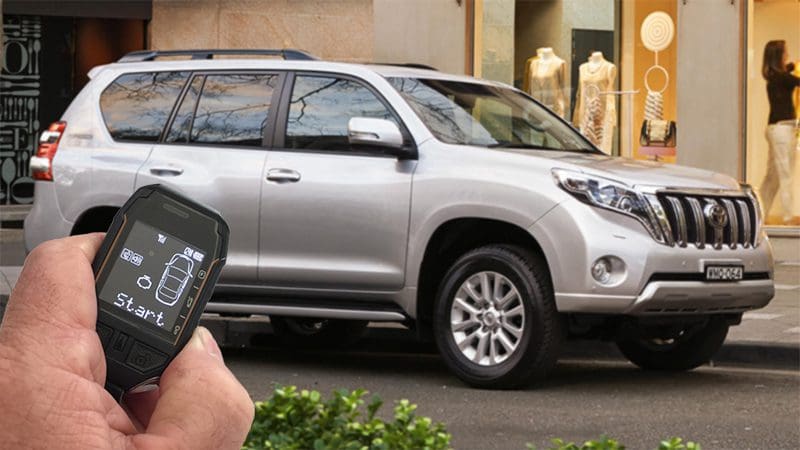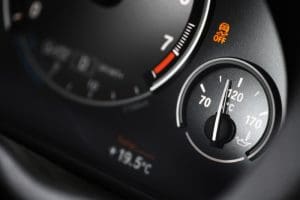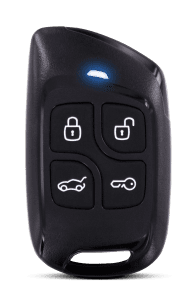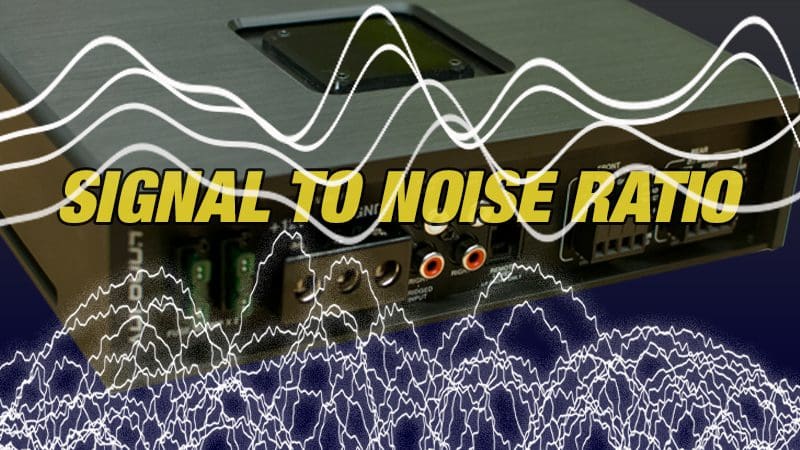When it comes to the most stereotypical car audio upgrades, most enthusiasts think of subwoofer systems. Whether you have a small sub in the trunk or a wall of woofers in the back seat, hearing and feeling the beat in your music is a game-changer. Depending on your mood or the music you’re enjoying, having the ability to fine-tune your subs lets you switch from tight and tweaky to ground-pounding and violent in less than a second. If you want the ultimate control over the bass in your vehicle, the Rockford Fosgate RFPEQU universal parametric equalizer and line driver is a great choice. Let’s check it out!

What Is the Rockford Fosgate RFPEQU Line Driver Feature?
The Rockford Fosgate RFPEQU is a stand-alone signal processor designed for installation between the radio and your car audio system’s amplifiers. The processor will accept stereo inputs up to 10 volts RMS and can provide up to 10 volts RMS to maximize the performance of any amplifier brand. The integrated level control allows your installer to configure the RFPEQU to act as a line driver by boosting the incoming audio signal to ensure that you can keep the gains on the amps all the way down.

The RFPEQU can also work as an integration processor. Your installer can connect the balanced differential inputs to the speaker outputs of a factory-installed or aftermarket radio. Not only will the processor provide a clean signal, but it can also generate a remote turn-on output to activate any brand of amplifier. The auto turn-on feature is enabled automatically when using the high-level input. The RCA harness uses a Molex-style connector with white, white/black, gray and gray/black wires with RCA ends. If your installer is wiring the RFPEQU to a radio with RCA preamp outputs, they can use the RCA jacks. If your system only has speaker outputs, they can cut off the RCA ends, leaving left and right positive and negative wires to connect. It is a very intelligent design.

Rockford Fosgate Punch EQ
The Punch Equalization curve, also called Punch EQ, has been around for more than 50 years. It was first invented to compensate for acoustical deficiencies of the automotive environment, but now is an excellent solution for bringing the factory speakers in your car or truck to life or adding some boom from a subwoofer system. Designed with the Equal-Loudness Contour (formerly the Fletcher-Munson curves) in mind, Punch EQ allows you to dial in up to 18 dB of boost at 45 hertz and 12 dB of boost at 12.5 kHz. The equalization gives you the kick you want without risking massive damage to subwoofers, typical of level control adjustments. You can think of Punch EQ as having a built-in infrasonic filter.
The high-frequency boost works like the loudness control on a factory stereo. When the volume is low, it’s hard to hear bass and treble frequencies. You can dial in more EQ boost, and the system will spring to life.
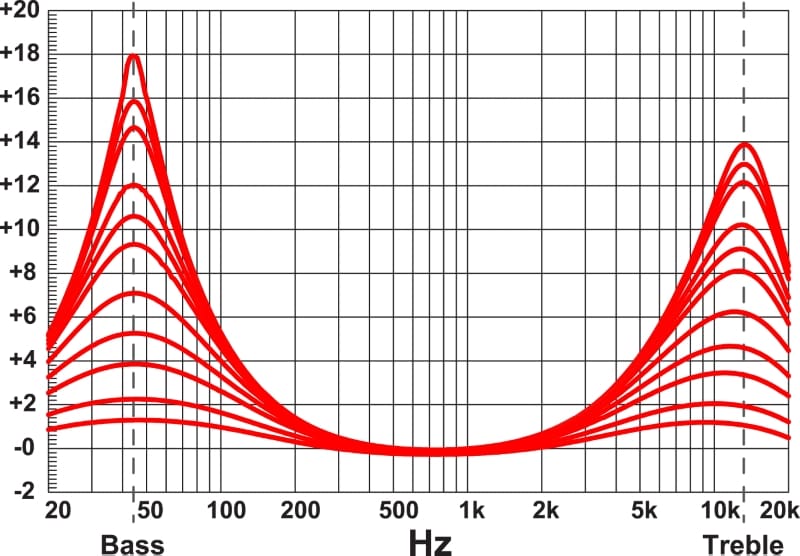
Modular Remote Level Control
The Punch EQ level is adjustable using the included remote control. The remote has a single knob mounted in a compact plastic housing. Utilizing the provided metal bracket, your installer can mount it under your dash or in a storage compartment in the center console. If you want something more customized, your installer can disassemble the remote and surface-mount the front face for a more integrated look. Rockford Fosgate includes a silver label plate and mounting nut. Finally, Rockford Fosgate provides a short extension cable to relocate the LED off the circuit board. If your installer wants to put the knob in the side of the steering column and the LED on the top, it’s not a problem. Those Rockford Fosgate engineers are smart!
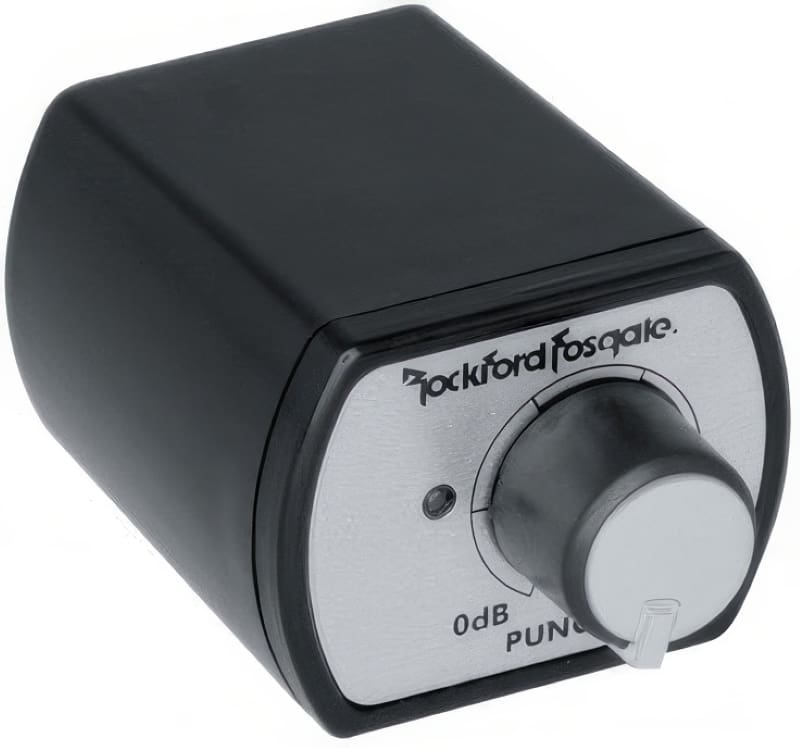
The Ultimate Car Audio Integration Solution
If you want to improve the sound of your car stereo system, the Rockford Fosgate RFPEQU and its remote Punch EQ feature is perfect. If you need a line driver, it’s got you covered. Want a remote bass boost control? Yeah, taken care of. Need a factory radio integration solution? Bingo, it nails that one, too! As mentioned, it works with any amplifier brand, so it’s a Swiss Army Knife for car audio upgrades.
Visit a local authorized retailer today and ask about the Rockford Fosgate RFPEQU. It’s an excellent solution for so many car audio upgrade needs. You can find a retailer near you using the Dealer Locator tool on their website. Oh, and be sure to follow Rockford Fosgate on Facebook, Instagram and YouTube to learn more about their amazing products and the events they attend.
This article is written and produced by the team at www.BestCarAudio.com. Reproduction or use of any kind is prohibited without the express written permission of 1sixty8 media.
